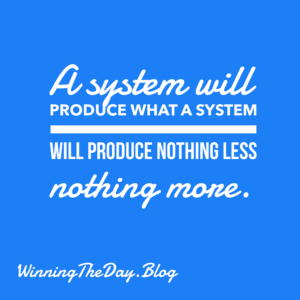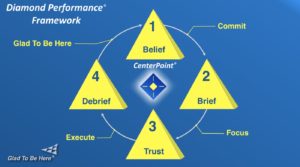For those of you who joined me this morning, great conversation. For those that missed? My notes:
We talked about a critical shift in how we approach our buyers and sellers (or if you’re an owner or recruiter, your prospects). New research confirms what many of us are already feeling: traditional sales tactics are losing some edge.
The other conversation today? I’ve never taken a percentage to the bank—only dollars. Justifying your value is a deeper conversation.
What Today’s Buyers & Sellers Really Want
Your clients and prospects don’t want more “just checking in” emails or voicemails. They’re not looking to be “educated” with generic information. They’re ghosting unnecessary contact because they’re burned out on being chased.
What they really want is:
- Control: They’ve done their research and want to feel empowered, not pushed.
- Relevance: Every interaction needs to be timely, useful, and directly address their specific needs.
- Their Time Back: They’re overwhelmed and busy. They value meaningful engagements over high-volume, low-impact touches.
The data is clear: a significant portion of their decision-making happens before they’re ready for a deep conversation.
Shifting Our Approach
Instead of focusing on “getting the meeting” or “more touches,” what if we prioritized delivering insight?
- Lead with Value, Not the Ask: Before you even think about showing a home or listing a property, offer something genuinely useful.
- For buyers: “Here are some recent off-market opportunities in your preferred neighborhood, thought these might be helpful.”
- For sellers: “This is what top-performing homes in your area are doing to attract multiple offers right now.”
- Make “Contracts” Feel Human: Instead of rigid “this is how we work” pitches, try, “Would it make sense for us to spend 15 minutes discussing a few common challenges buyers face in this market?” This builds trust and respect.
- Embrace Client-Led Discovery: Empower your clients to self-diagnose and explore. Offer short videos, self-assessment checklists, or ROI calculators. Let them warm up on their own time, then invite a deeper conversation.
Focus on Metrics That Matter
Ditch activity metrics (like “number of calls made”) that don’t drive real results. Instead, track:
- Engagement signals: Who’s actually opening your market updates or clicking your guides?
- Quality conversations and meetings held: How many interactions truly uncover a client’s pain points or aspirations that lead to engagement?
- Velocity: How quickly are interested clients moving from initial contact to qualified dialogue?
The bottom line: The modern real estate client doesn’t want more outreach; they want better engagement. This isn’t about working less; it’s about working smarter, with empathy and precision. Something uniquely human!
Your challenge this week:
- Audit one piece of your client interaction.
- Does it create pressure or curiosity?
- Does it lead with an ask or offer something genuinely useful?
- Fix that, and everything downstream gets easier.

#WinTheDay to win the week!
P.S. For my CEO, Recruiter, and Talent Attraction followers—the same principles apply! This could make a solid sales meeting topic/discussion… along with the 19-point gap assessment.



